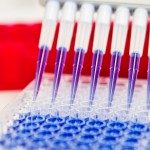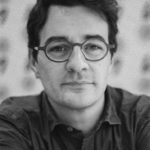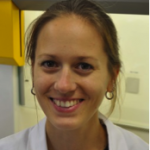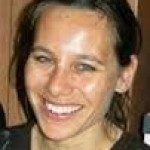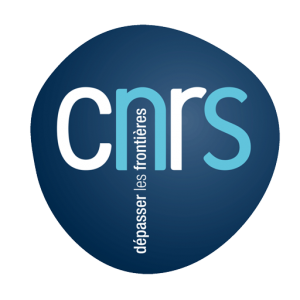Présentation
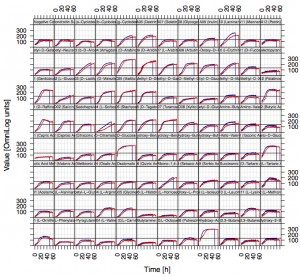
In humans, after primary infection during childhood, the yeast is able to survive within the host for years before reactivation, leading to a deadly disseminated fungal infection. This phenomenon, called dormancy / quiescence is one of the main biological features of this fungus in relation with disease pathogenesis. It is known in bacteria, parasites and other fungi. There is no consensus on the definition of dormancy. Most often, dormant cells are characterized by a low metabolic activity sometimes undetectable under normal laboratory conditions and the ability to be resuscitated by adequate stimuli.
In C. neoformans, dormancy has only been demonstrated epidemiologically in our laboratory but not experimentally so far. We developed an assay where yeasts cells exhibiting characteristics of potentially dormant cells were generated. Our current project aims at exploring the conditions leading to, the biology of the entry in and the mechanisms sustaining dormancy.
We are also investigating the response of bone marrow derived macrophages to dormant or non dormant yeasts, to understand if dormant yeasts are shaping immunity (Raffael Castro residency and Anamelia L. Bocca, Univ of Brazilia).
Investigation of the metabolism of Cryptococcus in stationary phase, log phase, dormancy, and in different media are on going in collaboration with Arturo Casadevall’s lab (Johns Hopkins University and the metabolomic facility of The Francis Crick Institut, Dr James MacRae).
